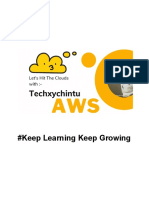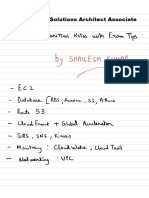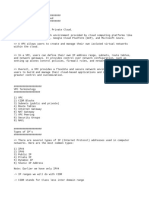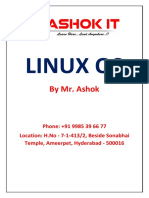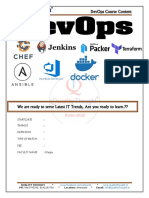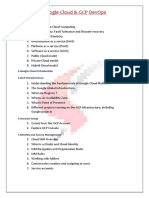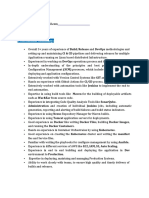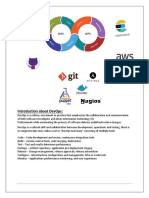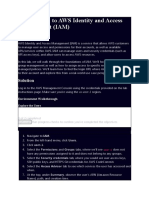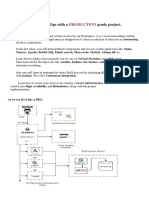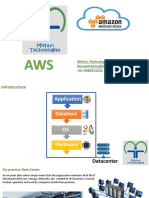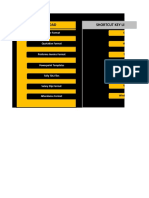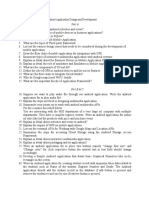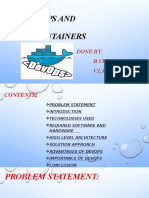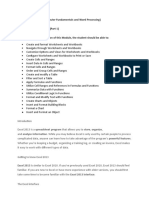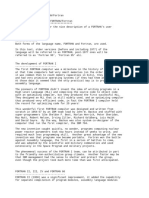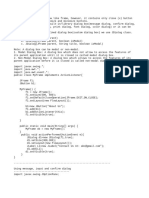0% found this document useful (0 votes)
4K views17 pagesE-Book AWS+DevOps
This document provides an overview of an e-book covering AWS and DevOps. It describes 8 modules that will be covered including cloud computing, AWS services, EC2 instances, EBS, IAM, VPCs, ELB, and auto scaling.
Uploaded by
psparsewar18Copyright
© © All Rights Reserved
We take content rights seriously. If you suspect this is your content, claim it here.
Available Formats
Download as PDF, TXT or read online on Scribd
0% found this document useful (0 votes)
4K views17 pagesE-Book AWS+DevOps
This document provides an overview of an e-book covering AWS and DevOps. It describes 8 modules that will be covered including cloud computing, AWS services, EC2 instances, EBS, IAM, VPCs, ELB, and auto scaling.
Uploaded by
psparsewar18Copyright
© © All Rights Reserved
We take content rights seriously. If you suspect this is your content, claim it here.
Available Formats
Download as PDF, TXT or read online on Scribd
/ 17








